Exploring Renewable Energy Sources for a Sustainable Future
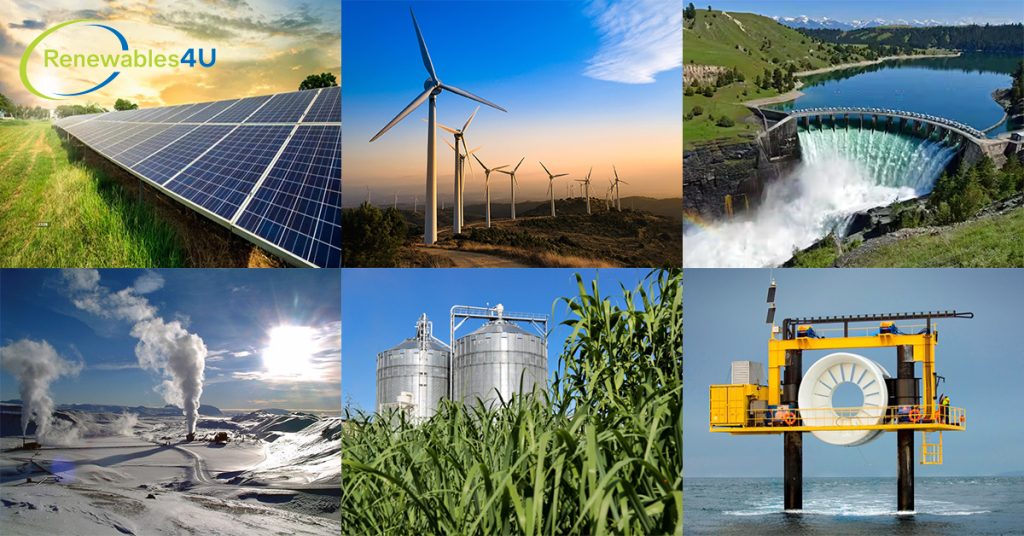
In recent years, the global shift toward sustainability and environmental consciousness has seen renewable energy sources gain popularity as an eco-friendly alternative to traditional energy options. Unlike finite fossil fuels, renewable energy sources are naturally replenished, making them essential for a greener future. There are 6 types of renewable energy, let’s delve into these in more detail:
1. Solar Energy
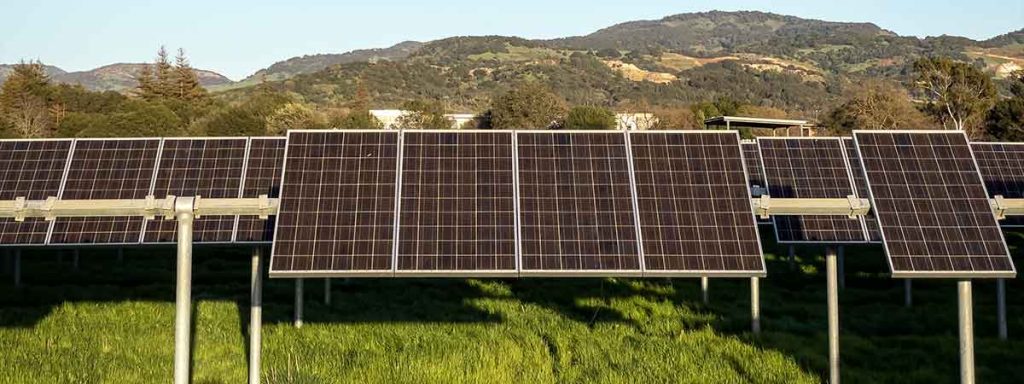
The most widely embraced renewable energy source worldwide, are solar panels. Solar panels, composed of photovoltaic (PV) cells typically made from semiconductor materials such as silicon, convert sunlight into electrical energy.
When sunlight strikes these PV cells, it excites electrons in the semiconductor material, generating an electric current that can be harnessed for electricity.
Solar panels are usually connected to form solar arrays, capable of powering homes, businesses, and even entire communities. The electricity output of a solar panel depends on factors like sunlight exposure, panel size, and PV cell efficiency.
One of the most significant advantages of solar panels is their eco-friendliness, as they produce no greenhouse gas emissions, reducing our dependence on fossil fuels. The world’s largest solar farm for electricity production is the Golmud Solar Park in China, currently generating 2.8 GW with the ambition to expand to 16 GW within the next 5-6 years.
Just 1 GW can power one million homes for an hour. Meanwhile, Bhadla Solar Park in India is the largest by size, covering 14,000 acres and boasting a 2.7 GW production capacity.
Australia’s Northern Territory is planning to build the world’s largest solar farm. The Australian-Asean Power Link, with a projected capacity of 10 GW. This power will travel to Singapore via a 4,500-kilometer high-voltage direct current (HVDC) network. For more detailed information on how solar panels work and their benefits, visit our guide here.
2. Wind Energy
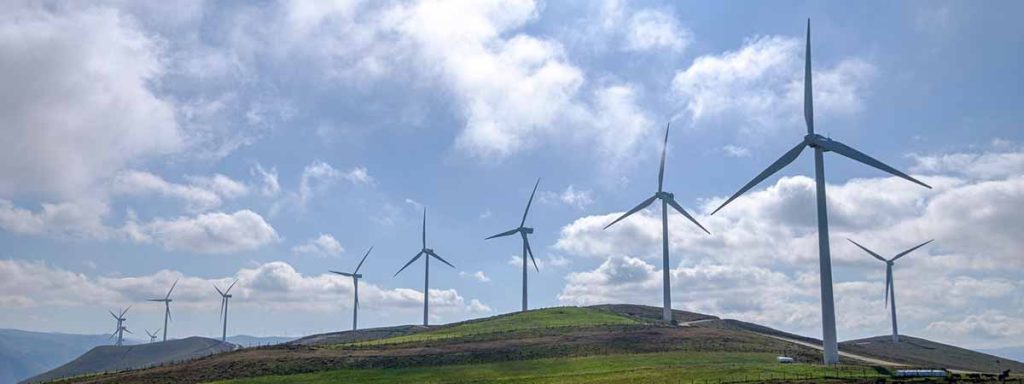
Wind energy captures the power of the wind and transforms it into electricity through wind turbines. These machines consist of essential components, including:
- Tower
- Blades
- Rotor
- Generator
- Other mechanisms
When the wind blows, it sets the blades in motion, causing the rotor to spin. This rotor connects to a generator, producing electricity.
The electricity output of a wind turbine is influenced by variables such as:
- Wind speed
- Blade size
- Generator efficiency
Wind turbines do not emit greenhouse gases or other pollutants, making them a popular choice for clean and green energy production and reducing our reliance on fossil fuels. The world’s largest wind farm is the Gansu Wind Farm in China, home to 7,000 wind turbines with a production capacity of 20 GW.
Additionally, China is constructing another wind farm in the Taiwan Strait, set to produce a remarkable 43.3 GW, sufficient to power all of Norway.
3. Hydro Energy
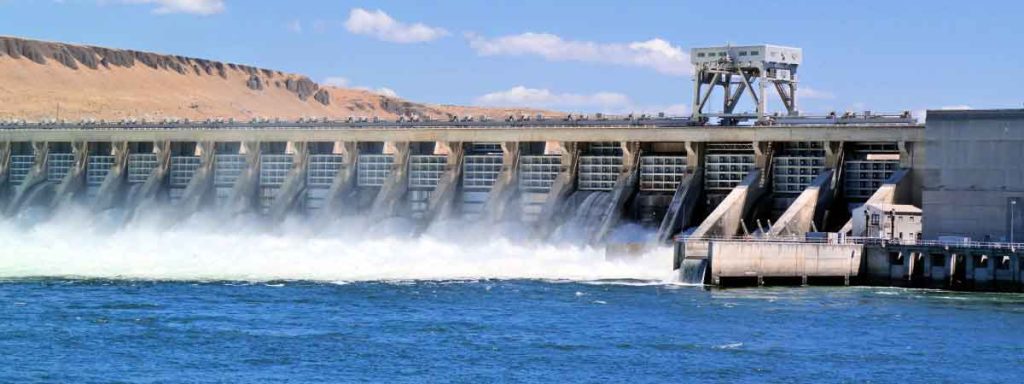
Hydro energy, also known as hydropower, harnesses the energy of flowing water to generate electricity. This process typically involves the construction of a dam or other structure across a river, forming a reservoir or artificial lake behind it.
As water is released from the reservoir, it flows through turbines connected to generators, converting the kinetic energy of the water into electrical energy.
The amount of electricity generated depends on the volume of water flowing through the turbines and the height of the dam or structure. Hydroenergy is environmentally friendly, as it produces no harmful greenhouse gases and plays a vital role in transitioning to a more sustainable energy future.
The Three Gorges Dam on the Yangtze River in China stands as the world’s largest hydro energy plant, boasting a capacity of 22,500 megawatts of electricity production. In addition to producing green energy, the dam protects from potential flooding for downstream populations.
4. Geothermal Energy
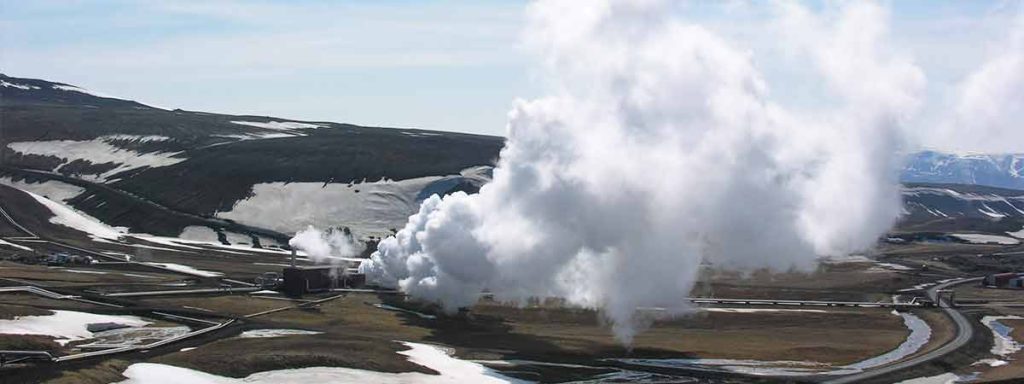
Geothermal energy taps into the Earth’s core heat to generate electricity. The Earth’s core, with temperatures reaching up to 6,000 degrees Celsius, transfers heat to the surface through conduction, creating geothermal reservoirs of hot water and steam.
To generate electricity from geothermal energy, wells are drilled into the geothermal reservoir, bringing hot water and steam to the surface. The steam powers a turbine, which drives a generator to produce electricity. The hot water is then returned to the reservoir to be reheated and reused.
Geothermal energy is an eco-friendly, reliable energy source with the drawback of being available only in regions where geothermal reservoirs are near the Earth’s surface. The Geysers Geothermal Complex in northern California, USA, is the world’s largest geothermal plant, comprising 22 power plants with a total capacity of 900 megawatts.
Iceland leads the way with 100% renewable energy, primarily generated from hydropower and geothermal sources. The innovative use of geothermal power in Iceland is detailed in a fascinating article by Baseload Power.
5. Biomass Energy
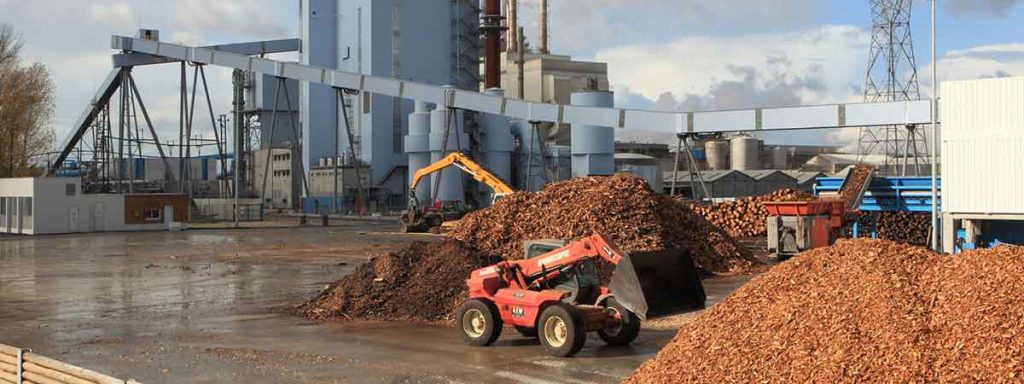
Biomass energy derives from organic matter, such as:
- Wood
- Crops
- Waste materials
Through anaerobic digestion, biomass can also be converted into biogas. This breaks down organic matter in the absence of oxygen to produce methane gas.
The world’s largest biomass facility is the Drax Power Station in North Yorkshire, England. Originally a coal-fired plant, it has been converted to burn biomass, primarily wood pellets.
Drax Power Station supplies about 12% of the UK’s renewable electricity, boasting a capacity of 3.9 GW. It is the world’s largest single-site renewable energy generator, burning approximately 23 million tonnes of wood pellets annually.
The facility also invests in carbon capture technology, capturing and storing carbon dioxide emissions from the biomass combustion process.
6. Tidal Energy
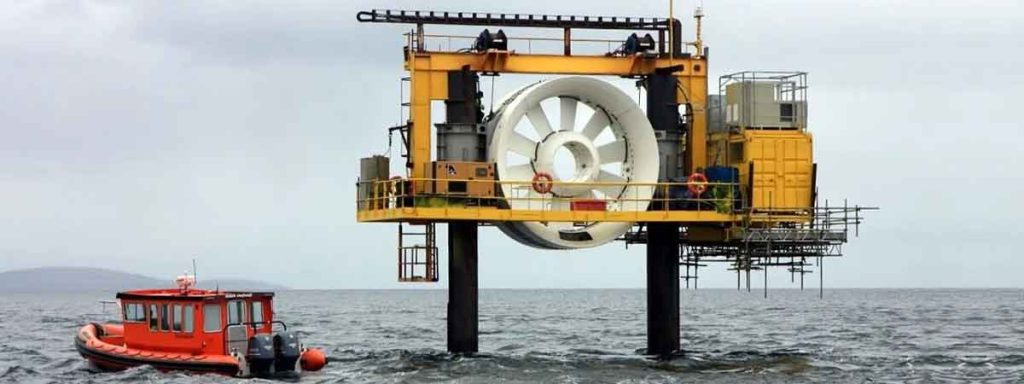
Tidal energy harnesses the power of ocean tides to generate electricity, a clean and reliable source resulting from the gravitational pull of the moon and sun on Earth’s oceans. Underwater turbines placed in areas with strong tidal currents, such as narrow channels and estuaries, capture this energy.
As tides flow in and out, the turbines spin, generating electricity that feeds into the grid.
The Sihwa Lake Tidal Power Station in South Korea is the world’s largest tidal energy facility, with a capacity of 242 MW, powering over 500,000 homes. It also boasts the world’s largest tidal barrage, extending 12.5 kilometres.
This facility stands as a leader in tidal energy technology, focusing on the development of more efficient and cost-effective turbines. In conclusion, the world is embracing various renewable energy sources, making significant strides toward a sustainable and eco-friendly energy future.
Each source plays a critical role in reducing greenhouse gas emissions and our reliance on fossil fuels, paving the way for a cleaner, greener planet.
Related article: Climate Change and Sustainable Development
Reviewed by

Neville Simmons
Co-Founder of Renewables4U and solar energy specialist. He has over ten years' experience in renewable projects, including residential, commercial, and off-grid systems. Former General Manager at a top solar firm in Western Australia, he combines entrepreneurial skills with a deep understanding of business operations and finance.

